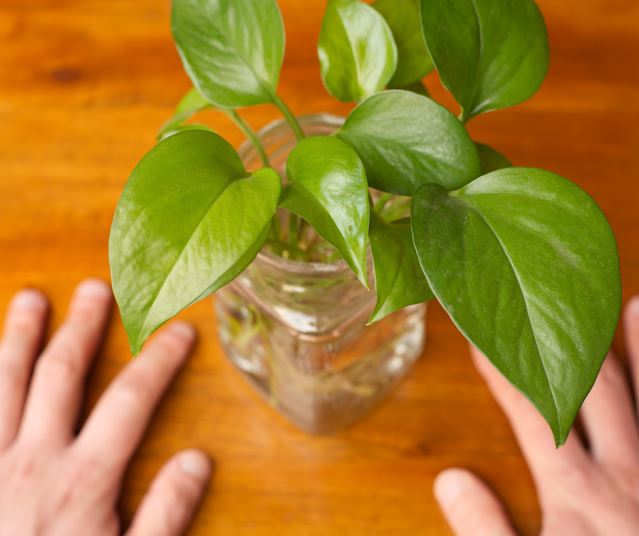Growing plants in bottles and jars can be a fun and creative way to add greenery to your home while upcycling containers. Here are seven plants that you can grow in bottles and jars:
Terrariums: Terrariums are miniature ecosystems that thrive
in closed containers like glass jars or bottles. You can create a
self-sustaining environment with a variety of small plants like succulents, air
plants (Tillandsia), or moss. These closed terrariums require minimal care, as
the moisture inside the container recycles through condensation.
Spider Plant (Chlorophytum
comosum): Spider plants are low-maintenance houseplants that do well
in containers. They are known for their air-purifying qualities and can be
grown in bottles with drainage holes or water propagation.
Pothos (Epipremnum aureum):
Pothos is a popular indoor plant that can thrive in water. You can grow pothos
cuttings in clear bottles or jars filled with water. Make sure to change the
water regularly to prevent stagnation and algae growth.
Lucky Bamboo (Dracaena
sanderiana): Lucky bamboo is often grown in water-filled containers.
It's known for its symbolic value in Feng Shui and is relatively easy to care
for. Simply place the bamboo stalks in a jar with water and provide indirect
light.
African Violets
(Saintpaulia): African violets are small, colorful flowering plants
that can be grown in containers. Choose a glass container with proper drainage
and potting mix specifically designed for African violets.
Succulents: While
most succulents prefer well-draining soil, you can create a mini succulent garden
in a glass container with proper drainage. Use a mix of succulent soil and sand
to ensure good drainage, and choose small succulent varieties like Echeveria or
Sedum.
When growing plants in containers, ensure they have adequate
light, water, and humidity levels based on their specific requirements. Make
sure to choose containers that can provide adequate drainage or a suitable
environment for the plant's needs. Additionally, keep an eye on the growth of
your plants and consider repotting or transplanting them to larger containers
as they grow.











No comments:
Post a Comment